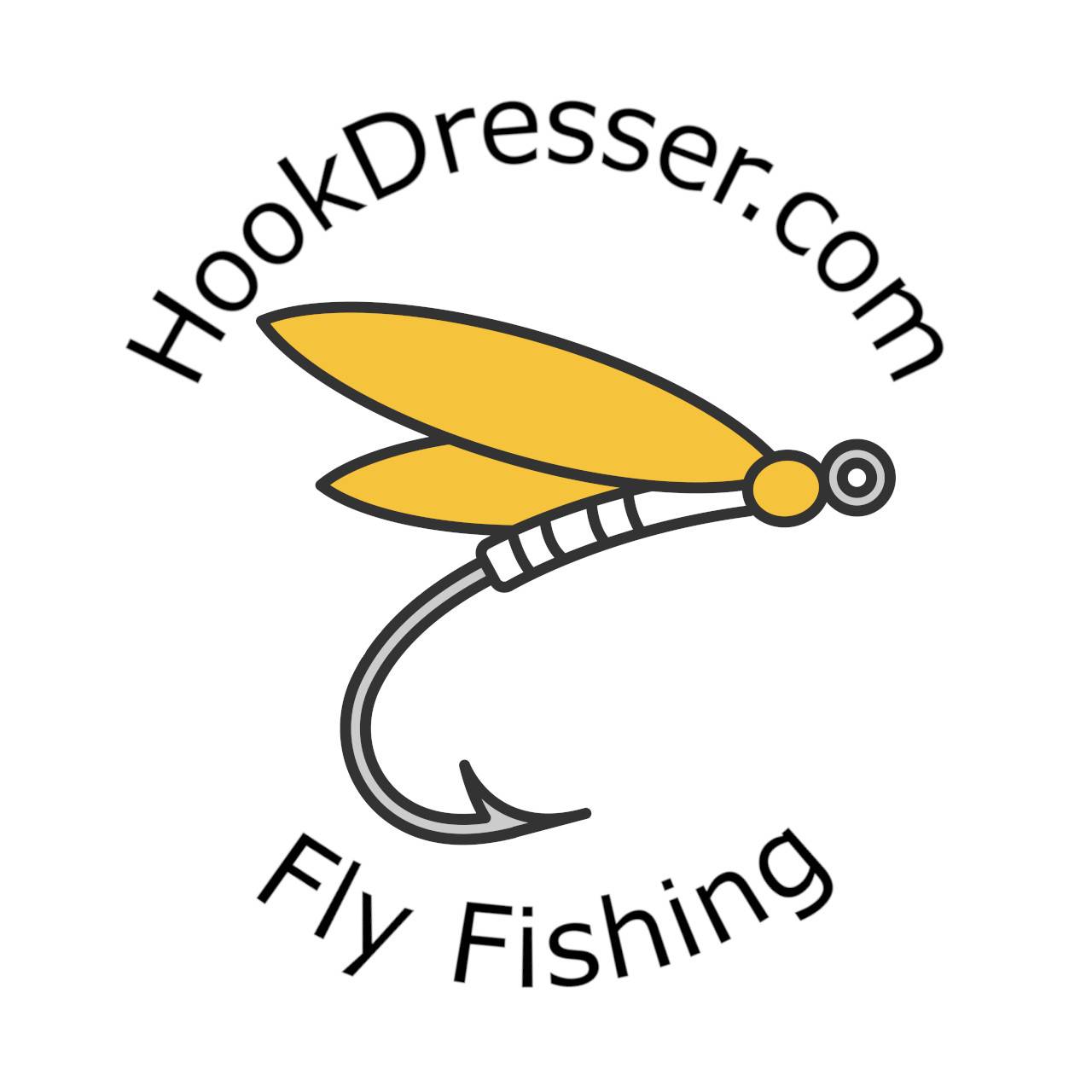You might be wondering why you should use yarn for fly tying.
You might have walked past some balls of yarn or seen your wife’s yarn and, if you are anything like me, wondered how you could incorporate it into your fly patterns.
In this article I will cover how you can use wool and yarn in you fly tying patterns to catch more fish.
Can I use Yarn for Fly Tying?
Yes, you can use yarn for fly tying. Yarn is great for creating the bodies on flies such as nymphs and streamer flies. Yarn can be used for both wet and dry flies. It is a versatile and affordable material to use in fly tying and makes a good substitute to chenille.
Some of the earliest and most successful flies have wool or yarn in their tying. The earliest reference to fly tying in 200AD describes how a palmered hackle is used over a body of red wool.
This fly pattern describes what we now call a woolly bugger fly. A modern fly that is now typically tied with chenille rather than wool.
Why use Yarn in Fly Tying?
There are several reasons why a fly tier would want to use yarn or wool to tie flies. Using yarn in fly tying has many advantages.
Yarn Flies Catch Fish!
The most important reason to use yarn in a fly is that is catches fish. Yarn flies are effective. In nymphs, yarn can help to trap air bubbles which helps to imitate the bubble of air emerging insects use to travel to the surface of the water.
Fly Tying with Yarn is Affordable
Firstly, yarn is cost effective. You can get a lot of yarn in a variety of different colors at the fraction of the cost of dubbing.
Tying with Yarn is Easy
Yarn is easier to work with than dubbing. Adding dubbing to the tying thread is a skill that needs to be developed with practice. It is something that beginners to fly tying can find difficult.
Instead, yarn makes for an easy-to-use substitute material for dubbing.
Use Yarn to Make Any Style of Fly
You can use yarn to tie almost any style of fly. Yarn can be used to tie wet flies, dry flies, nymphs as well as lures and streamers.
How to Use Yarn in Fly Tying
There are several ways in which you can use yarn in your fly patterns. Below, I outline the most common used on how to use yarn in fly tying.
Wrapping Yarn Around the Hook
The easiest and most effective way of using yarn in fly tying is to simply wrap it around the hook to form the body of a fly.
Create Bodies for Mayflies
Yarn can be used for making a body for a mayfly by twisting the wool to create a loop. The twisted loop of yarn can then be used as a body that is tied to the hook shank but extends past the end of a hook.
This technique of using yarn to make extended bodies is great for mayfly imitations as well as daddy long leg or hopper flies.
Used to Create Dubbing
Rather than using strands of yarn to wrap round the fly to create the body, you can instead use yarn to create your own dubbing.
To make your own dubbing out of yarn, cut up pieces of yarn and add to a coffee grinder. Give the yarn a quick blitz in the coffee grinder to turn it into and even mix of fluff that can then be used to add to your thread and used as a dubbing.
You can add different colors of yarn together to create your own dubbing blends. Try adding flash materials such as ice dub to give your dubbing mixes some added sparkle to attract more fish.
Used as Tags
Tied to the end of a fly, extending past the hook, yarn can be used as a substitute for floss which is commonly used to create tags in flies.
Tags are often added to fly patterns to act as an attractor and use bold flashy colors to grab the attention of fish to entice them to bite.
Burn to Create Caddis Heads
Some yarns can be burned to create the head of a caddis. Wool mixes and synthetic yarns are useful for creating cased caddis imitations.
The fibres will burn and leave a black seal which gives the appearance of a caddish nymph popping out of its detritus case.
Tying Flies with Yarn
Yarn is made by twisting several strands of yarn together. If you want a thick body on your fly, you can add the yarn to the fly as it is.
However, if you wish you fly to have a thinner body, I recommend removing one of the strands making up the yarn to use for tying instead.
Using a single strand of yarn is particularly useful when tying nymph and other insect imitation patterns.
What is the Best Yarn for Fly Tying?
The best yarns for fly tying are wool and acrylic yarns. The main difference between the two when it comes to fly tying is that acrylic yarn is less absorbent than wool yarn.
Acrylic yarn is a synthetic material, as a result, as with other synthetic fly tying materials, it absorbs less water than natural fibres such as wool.
Although wool absorbs more water, I prefer to use wool over acrylic yarn in fly tying as natural fibres absorb dye more easily than synthetic fibres. This means, you can find various shades of wool that have been naturally dyed.
Acrylic yarns tend to be dyed in bold colors and finding the right shade for the perfect imitation may prove to be difficult.
